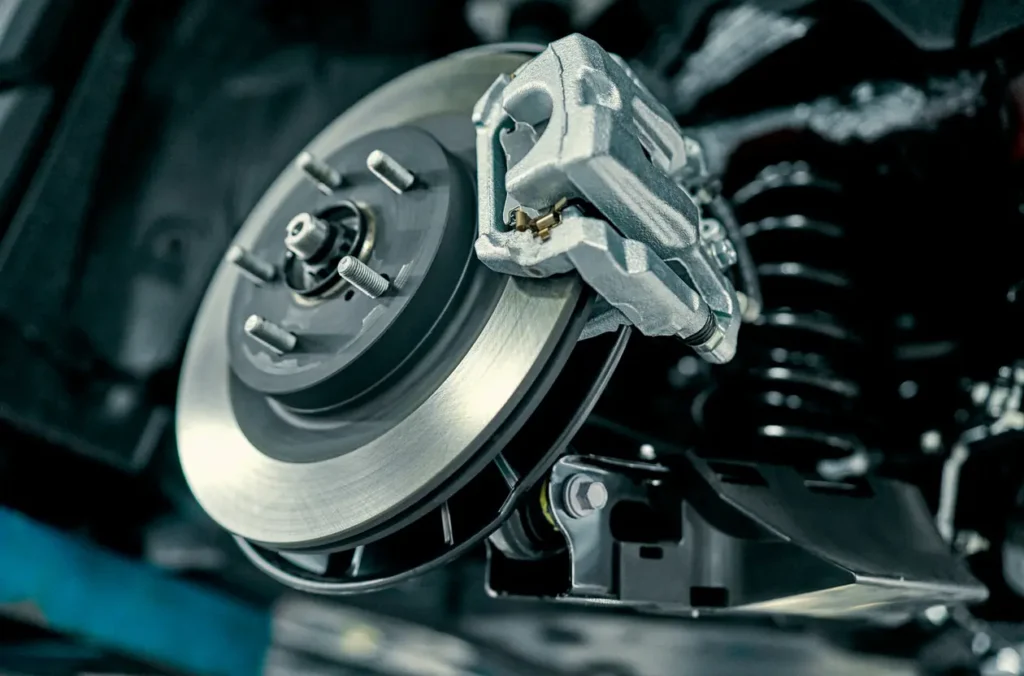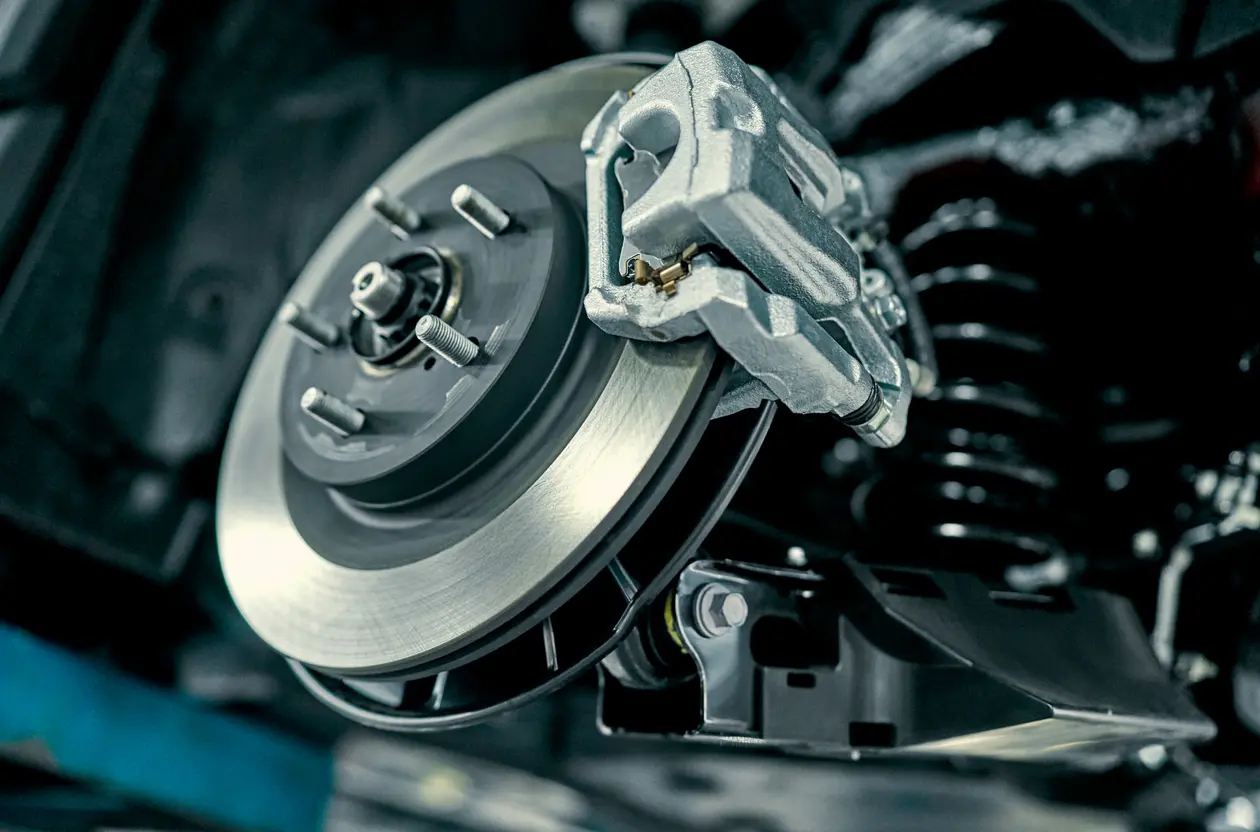
Imagine you’re driving down a busy street, and suddenly, a child runs into the road chasing a ball. Your heart races, and your foot instinctively slams on the brake pedal. But have you ever stopped to think about how those brakes actually work to bring your car to a safe stop? Brakes are one of the most critical safety features in any vehicle, and their operation is a fascinating blend of physics, engineering, and everyday practicality.
Brakes are more than just a foot pedal; they are a sophisticated system that plays a crucial role in your safety every time you drive. From the hydraulic fluid that transmits your foot’s force to the friction that halts your wheels, each component works in harmony to protect you and others on the road.
Next time you press the brake pedal, take a moment to appreciate the incredible engineering beneath your feet. It’s a reminder that sometimes, the simplest actions rely on the most intricate processes and understanding them helps us become safer, more confident drivers.
The Basics of Braking
At its core, braking is all about converting the kinetic energy of your moving car into another form of energy, usually heat, so that the car slows down and eventually stops. When you press the brake pedal, you are initiating a complex chain reaction that results in friction being applied to the wheels, which slows their rotation.
Types of Brakes: Disc vs. Drum
Most modern cars are equipped with disc brakes on the front wheels and either disc or drum brakes on the rear wheels. Let’s break down how these two types work:
- Disc Brakes: These are the most common in today’s vehicles. A disc brake system consists of a metal disc (called a rotor) attached to the wheel, and a caliper that houses brake pads. When you press the brake pedal, hydraulic fluid pushes pistons in the caliper, causing the brake pads to clamp down on the rotor. The friction between the pads and the rotor slows the wheel’s rotation.
- Drum Brakes: Older and less common now, drum brakes have a drum attached to the wheel and brake shoes inside the drum. When the brakes are applied, the shoes press outward against the drum’s interior surface, creating friction and slowing the wheel.
The Role of Hydraulic Fluid
One of the key players in braking systems is hydraulic fluid. When you press the brake pedal, you’re not physically squeezing the brake pads; instead, you’re pushing fluid through a sealed system. This fluid transfers the force from your foot to the brake components at the wheels. Because fluids are incompressible, this system allows for smooth and powerful braking with relatively little effort from the driver.
Anti-lock Braking System (ABS)
Have you ever noticed your brake pedal pulsating during a hard stop? That’s probably your ABS kicking in. The ABS prevents your wheels from locking up during sudden braking, which helps maintain traction and steering control. It works by rapidly modulating the pressure applied to the brakes, allowing the wheels to keep rotating just enough to avoid skidding.
Why Friction Matters
Friction is the hero of the braking story. When the brake pads or shoes press against the rotors or drums, friction is generated, which converts the car’s kinetic energy into heat. This heat dissipates into the air, and while it might not be visible, it’s what ultimately slows the car down. This is why brakes can become less effective if they overheat, a condition known as “brake fade.”
Brake Maintenance: Keeping Your Stopping Power Strong
Since brakes rely on friction materials like brake pads and shoes, these components wear out over time. It’s essential to keep an eye on your brakes and replace worn parts to ensure your vehicle stops reliably. Squealing or grinding noises, a soft brake pedal, or a warning light on your dashboard are signs that your brakes need attention.
The Human Element: Why Understanding Brakes Matters
Knowing how your brakes work isn’t just a fun fact it’s empowering. When you understand the mechanics behind braking, you’re better equipped to respond calmly and effectively in emergency situations. You’ll appreciate the importance of regular maintenance and can communicate more effectively with mechanics.
Moreover, understanding braking technology, like ABS and electronic stability control, can help you become a safer driver. These systems are designed to assist you, but they’re not foolproof. Good driving habits and respecting your vehicle’s limits will always be your first line of defense on the road.

